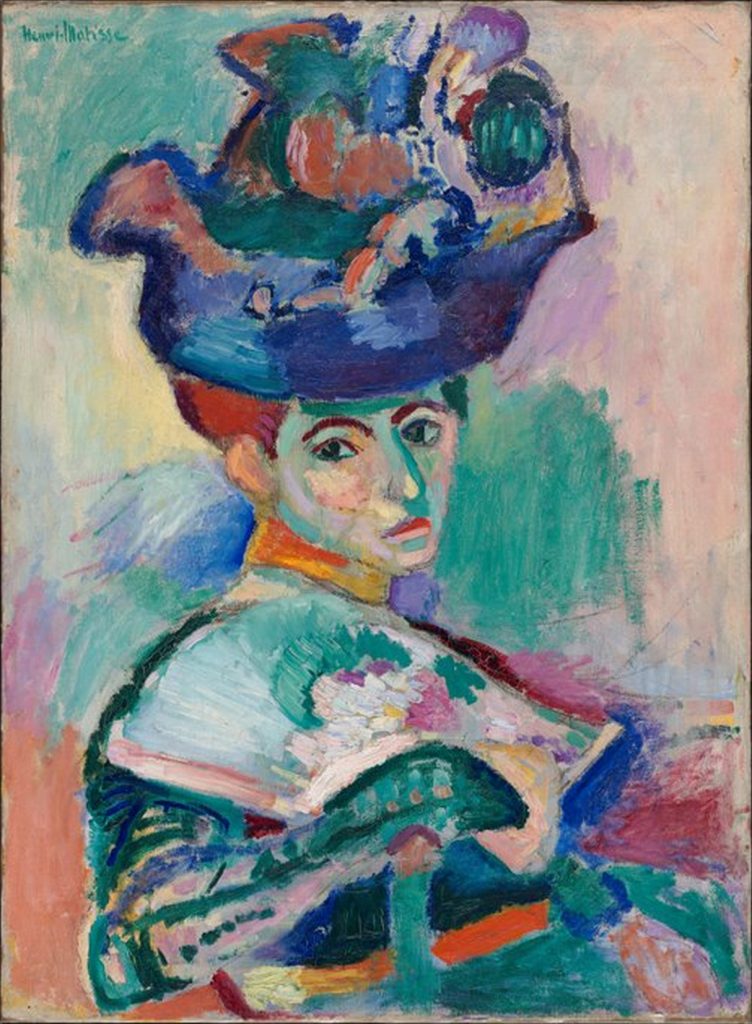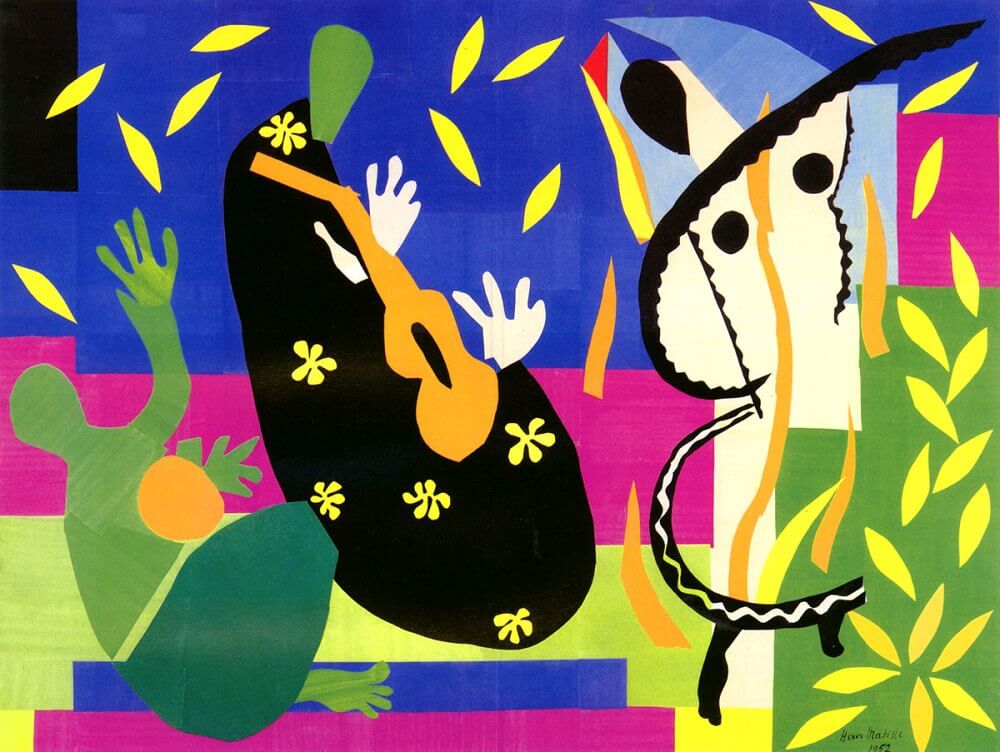While digging around my books, I came across this little volume which had long ago cemented my love for Seth Godin.
It resurfaced at an opportune time since I’ve been contemplating what to do with this blog. I was concerned that keeping up this blog might be busywork that was getting in the way of doing something better, however I wasn’t totally ready to give up on the idea of publishing on a regular schedule.
I keep a platform for self expression outside of addictive Corporate Social Media to have some control my own writings. However, maintaining an archive does not mean I need to spend concentrated effort on this website. I had started and ended daily blogging over a full year in 2018-19. However, daily blogging required daily production, and with two young kids, that meant all my spare time was spent at the keyboard. Even though I enjoy writing as a hobby, I also want to have time to read and enjoy the finer things in life, which a daily schedule did not allow.
A few months ago, I gave this blog a slightly more focused tagline of “notes on my consumption”. The key change is that it has pushed myself towards a better balance of reading and writing.
Knowing that I would be banging out a “book report” at the end of each instance of media consumption has created a solid excuse to regularly indulge in writing. The looming assignment seems to have been effective in sharpening my mind as I read the book. It’s an algorithm that keeps some pressure to create output at a less relentless rhythm than the rising of the sun. It has given me time to consume without devolving into a mere consumer.
Reading The Dip was down then up experience during these contemplations. The first section made me consider dropping this project and letting this blog just become an internet repository again, but by the end, it resulted in some fresh encouragement to keep going.
The critical moment came at the end of that book, when Seth Godin encouraged the reader to decide upon the criteria for quitting before starting a project.
After some thought, I realized that this blog is not about having an audience even though I think the public nature of a blog helps sharpen my writing. Instead, writing this blog helps me enjoy the world around me better. So I will quit if it stops helping me better enjoy the world around me.
I’m pretty sure that this personal blog will not be particularly exceptional in the wider universe of personal blogs, but it still is the best internet site of my little world. So I’ll keep up this effort under this tag line, for now.
Who knows what I might find if I push through to the other side of this dip? Maybe it will just be a few months of weekly essays about the things around me until I come across another more compelling project. Maybe it will become a long running platform like Dave Winer’s blog. Maybe it will morph from idiosyncratic ramblings about my own stuff into something more public facing.
Grizzlypear has always been here for these various digital experiments.
Here’s to the current / next one.

